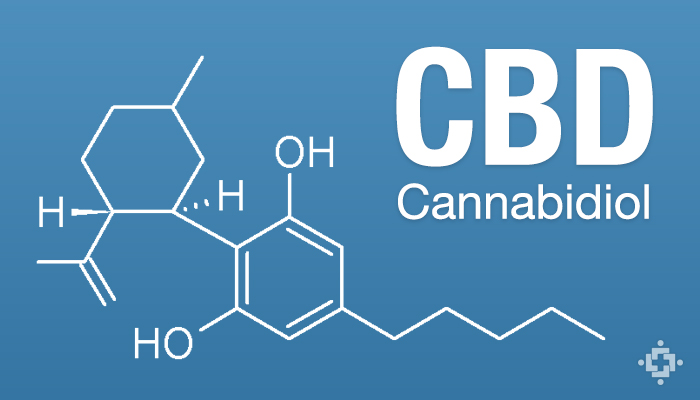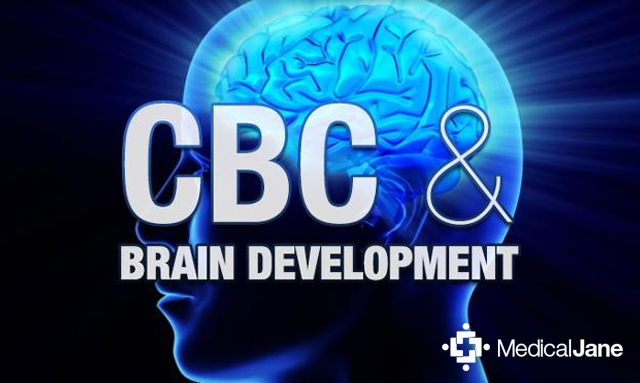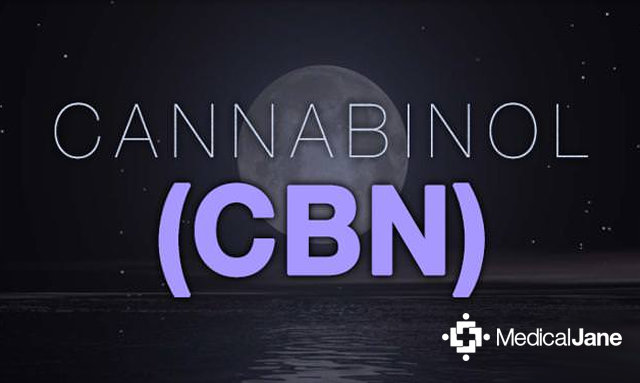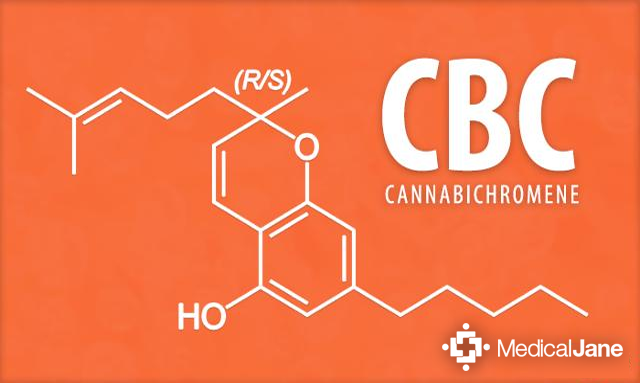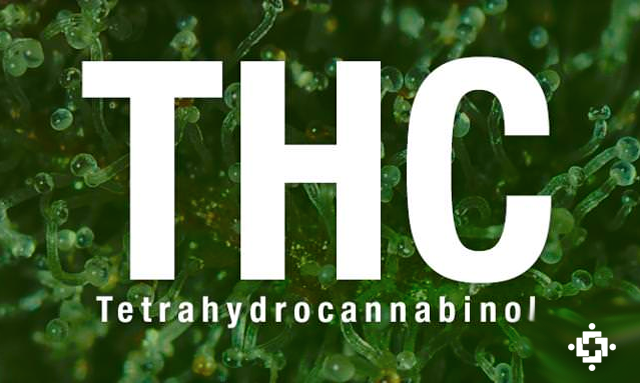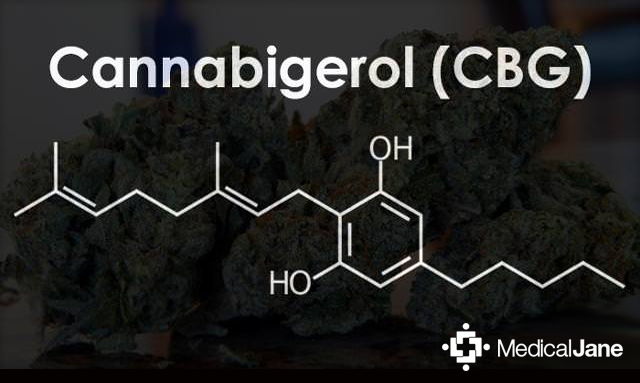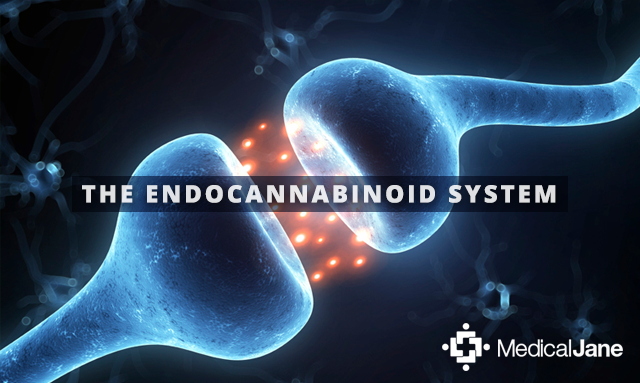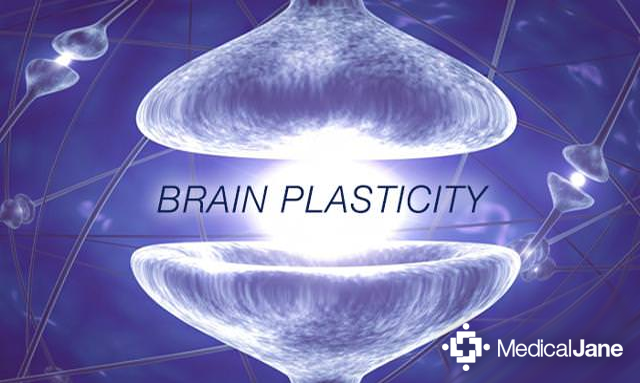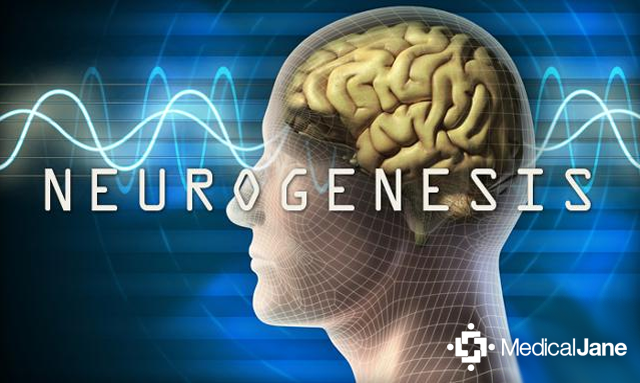Browsing Cannabinoid Science
ShareTweet
Cannabidiol (CBD) Makes Its Way To The Forefront
It is no secret that tetrahydrocannabinol (THC) received the most attention in the past as far as cannabinoids are concerned. Growers in search of strains with the strongest high used selective breeding techniques to build their plants’ THC levels over time. Interest In Cannabidiol (CBD) Research Is Rising “CBD has grabbed the attention of breeders across America.” As a result, cannabis testing labs across the US began reporting THC results above 25%, but at a price. Many of these strains were, and still are, incredibly low in …
Tetrahydrocannabivarin (THCV): A Cannabinoid Fighting Obesity
What Is Tetrahydrocannabivarin (THCV)? As the name might suggest, tetrahydrocannabivarin (THCV) is very similar to the most famous cannabinoid, tetrahydrocannabinol (THC); THCV is like THC’s propyl cannabinoid cousin. Their chemical structure is nearly identical, but the process involved in their creation is slightly different. Unlike THC, cannabidiol (CBD), and cannabichromene (CBC), THCV doesn’t begin as cannabigerolic acid (CBGA). Instead …
Study: Cannabichromene (CBC) May Aid In Brain Development
Italian Researchers Investigated Three Major Cannabinoids A team of researchers from the Endocannabinoid Research Group in Italy investigated how cannabinoids affect the brain’s development. The group is funded by GW Pharmaceuticals, which is the manufacturer of Sativex. As is the trend lately, pharmaceutical companies are ramping up efforts and investing large sums of money into growing their inventory of pharmaceuticals that take advantage of cannabinoids. Sativex is derived from THC and CBD. At the time of writing this article, it has already been approved in Spain, France, and UK.
Cannabinol (CBN): The Cannabinoid That Makes You Sleepy
What Is Cannabinol (CBN)? When we look at the construction of cannabis, we find that it has over 80 cannabinoids. Until recently, tetrahydrocannbinol (THC) was the only cannabinoid anyone seemed to care about. Thankfully recent research, particularly about cannabidiol (CBD), has brought about an intense interest in all the cannabinoids. As is the case in many of the known cannabinoids, cannabinol (CBN) stems from cannabigerolic acid (CBGA) in cannabis. The plant naturally …
Cannabichromene (CBC) Shows Promise In Treating Cancer
What Is CBC? When we consider the major cannabinoids, cannabichromene (CBC) is sort of “the ugly duckling.” CBC doesn’t get a lot of praise nor attention, but it has shown to have profound benefits. Similar to cannbidiol (CBD) and tetrahydrocannabinol (THC), CBC stems from the all-important cannabigerolic acid (CBG-A). “Cannabigerolic acid (CBG-A) is often referred to as the “stem cell” of cannabinoids. It is the precursor to THC, CBD, and CBC.” …
Tetrahydrocannabinol (THC): The Most Popular Cannabinoid
What is Tetrahydrocannabinol (THC)? Tetrahydrocannabinol, or THC as it is commonly referred to as, results from numerous changes and reactions in the cannabis plant. For starters, the cannabis plant produces a cannabinoid known as Cannabigerolic acid (CBGA). From here, a portion of the CBGA is then converted to tetrahydrocannabinol carboxylic acid (THCA), which only becomes THC when exposed to heat or UV light. Because of this decarboxylation process, most of the THC you consume when ingesting or inhaling the cannabis plant actually started as THCA — …
Cannabigerol (CBG): A Minor Cannabinoid With A Major Impact
What Is Cannabigerol (CBG)? When considering the medicine that best suits you, it’s helpful to know the science behind a strain’s cannabinoid profile. The prevalence of lab testing is a great tool and has rapidly become the industry standard. Teams of chemists at locations like SC Labs in California and Sunrise Analytical in Oregon allow patients to see the breakdown of cannabinoids in their medicine, to practically an exact percentage. This trend has lead to an increased interest in the …
The Endocannabinoid System: Cannabis & Your Appetite
It is one of the most common and well-known side effects of consuming cannabis: a seemingly insatiable appetite. The phenomenon dubbed for decades as “the munchies” is one that has permeated throughout our culture so much that even people who have never experienced the process at least know of it. But what actually causes these hunger-inducing effects after a good toke? Before we can explain what makes you ready and able to run through a full package of Oreos in one sitting, there are a few fundamental things that are …
Study: THC Encourages Neuroplasticity In The Brain
THC Can Protect From Brain Deficits Cannabis research has continued to grow in popularity in recent years, and it has recently been suggested that tetrahydrocannabinol (THC) offers protection for the brain. In a study published in September 2012, researchers intentionally caused injuries to the brains of mice with: Repeated exposure to MDMA (ecstasy) Carbon monoxide exposure Anesthesia caused by pentobarbital, an anesthetic which is sometimes used for execution. They also administered a single ultra-low dosage of the cannabinoid THC (.002mg/kg) either: 1-7 days before the …
Neurogenesis Gives Birth To New Neurons In the Brain, Helps Relieve Stress
Research Suggests CBD’s Anxiety Relief Is Due To Neurogenesis Neurogenesis is responsible for creating new neurons within the brain. These neurons process and carry information to the necessary destinations in the body, improving overall function. For some time, neurogenesis was believed to be limited to childhood, but evidence now shows that the brain’s production of new neurons continues well into adulthood. A study published in The International Journal of Neuropsychopharmacology points to cannabidiol (CBD) as a therapeutically promising component on mental health ailments such as psychosis, anxiety and depression. Researchers studied the potential involvement …
